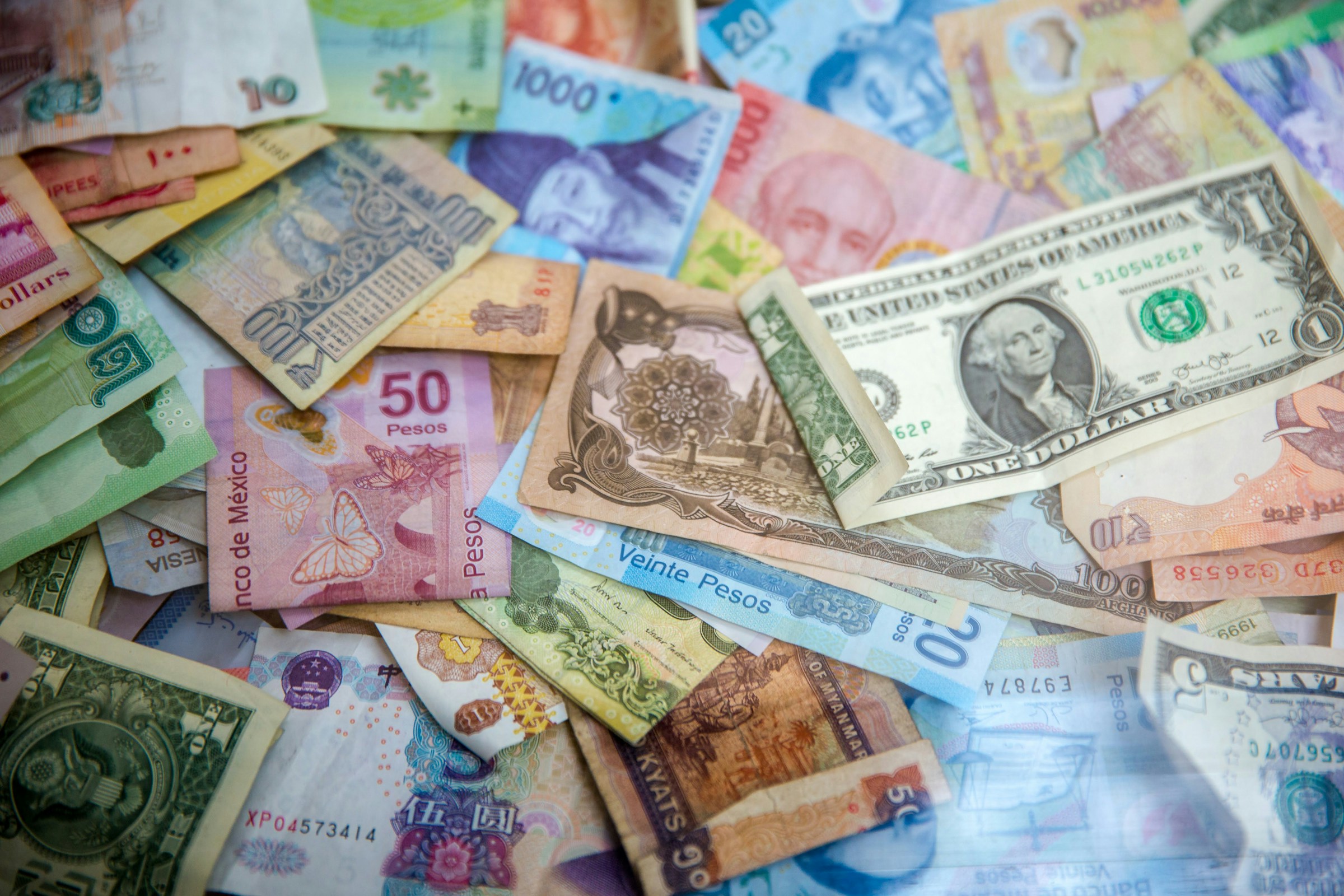Asian currency markets are rarely static for long, but ahead of the U.S. July CPI release, regional FX desks have shifted into a holding pattern. This is not inertia—it’s calculated discipline. For several major Asian economies, the CPI readout is not merely a barometer of U.S. inflation; it’s a directional cue for the Federal Reserve’s rate path, which in turn frames capital flows, export competitiveness, and monetary room for manoeuvre. The strategic choice now is to conserve energy, not chase trades.
The move is significant for what it reveals about regional divergence. Economies like Singapore and South Korea, which rely on swift market adjustments, are keeping their currencies broadly in line with the U.S. dollar, prioritising stability over speculative gains. Meanwhile, more export-driven markets, such as Malaysia and Thailand, are content to let minor depreciation run its course, banking on improved trade margins should the Fed lean toward extended tightening. It’s a reminder that in FX markets, stillness can be as tactical as volatility.
This is not the first time Asian currencies have paused ahead of a major U.S. data release. The difference now is the backdrop. U.S. inflation has proven sticky, with core measures resisting a return to the Fed’s 2% target. In previous cycles, Asian FX positioning might have leaned more aggressively on expectations of easing. Today’s tone is defensive. Traders have already priced in the likelihood that the Fed will keep rates elevated into early 2026, and any CPI surprise—upside or downside—will adjust that curve marginally, not dramatically. The more immediate concern for central banks in the region is domestic resilience: keeping imported inflation in check without strangling growth.
Japan’s situation illustrates the dilemma. The yen’s extended weakness has triggered periodic official interventions, yet the Bank of Japan remains cautious about raising rates too quickly, wary of undermining a fragile post-deflation recovery. Ahead of the CPI, the yen’s stability is less about market consensus and more about policymakers signalling they will act if volatility becomes disorderly. In contrast, Singapore’s monetary authority, operating under its unique exchange-rate-based policy, appears content with the current trade-weighted band, preferring to let external developments dictate only incremental shifts.
What’s notable is how these approaches map against regional inflation dynamics. In economies where consumer price growth is still elevated—such as the Philippines—currency consolidation is a defensive mechanism to limit further cost-push inflation from imports. In markets where inflation has already moderated, such as China, the renminbi’s steadiness reflects a policy choice to avoid spooking investors at a time when capital outflows remain a risk.
From a strategic standpoint, this divergence offers both challenges and opportunities for corporate treasury and regional investment managers. For import-heavy businesses, a steadier local currency is a hedge against near-term cost volatility. For exporters, a slightly weaker currency can boost price competitiveness—provided the adjustment is orderly and predictable. The danger lies in policy missteps that create sharp, sentiment-driven swings, which can compress margins and unsettle funding costs.
Historical precedent suggests that such pre-data consolidations tend to unwind quickly once the U.S. numbers land. Yet this time, the unwinding may be tempered by two structural realities. First, Asian sovereigns are more willing to use reserves to smooth FX moves, having built buffers in the post-pandemic recovery years. Second, the global rate environment is unusually synchronised at high levels, meaning interest-rate differentials—the usual catalyst for sharp currency moves—are narrower than in past cycles. This reduces the incentive for speculative positioning purely on carry trade logic.
If there is a contrarian view worth noting, it’s that the calm could mask a more profound strategic shift. In some markets, particularly in Southeast Asia, central banks are subtly signalling that defending the currency at all costs is no longer the priority. Instead, they are willing to absorb a controlled depreciation to safeguard growth and maintain export share. That is a marked departure from the pre-2013 era, when FX defence was often pursued even at the expense of domestic liquidity.
The third player in this dynamic is China, where the renminbi’s stability is as much about projecting economic steadiness as it is about controlling capital flows. Beijing’s policy choices influence sentiment far beyond its borders; a perceived willingness to tolerate currency weakness could give smaller Asian exporters cover to follow suit, knowing they will not be punished for short-term competitive devaluation. Conversely, a hard defence of the yuan would tighten the tolerance band for the rest of the region, forcing reluctant alignment.
For global operators, the takeaway is straightforward: currency consolidation ahead of U.S. data releases is no longer just a tactical pause—it’s part of a broader shift toward FX policy as a competitive lever. The upcoming CPI print may act as a short-term catalyst, but the strategic posture in Asia is increasingly shaped by regional inflation control, export positioning, and the quiet recalibration of reserve deployment strategies.
This says something about the market that is more structural than cyclical. While the headline narrative will inevitably pivot on whether the U.S. inflation number surprises up or down, the real story lies in how Asian economies are learning to balance external monetary dependency with domestic growth imperatives. In the years ahead, it is this balance—not just the Fed’s decisions—that will determine the rhythm and direction of currency moves in the region.
In other words, the stillness you see now is not indecision. It is choreography. And when the CPI data arrives, the first steps may be reactive, but the longer dance will follow the regional script, not just Washington’s beat.









.jpg&w=3840&q=75)




